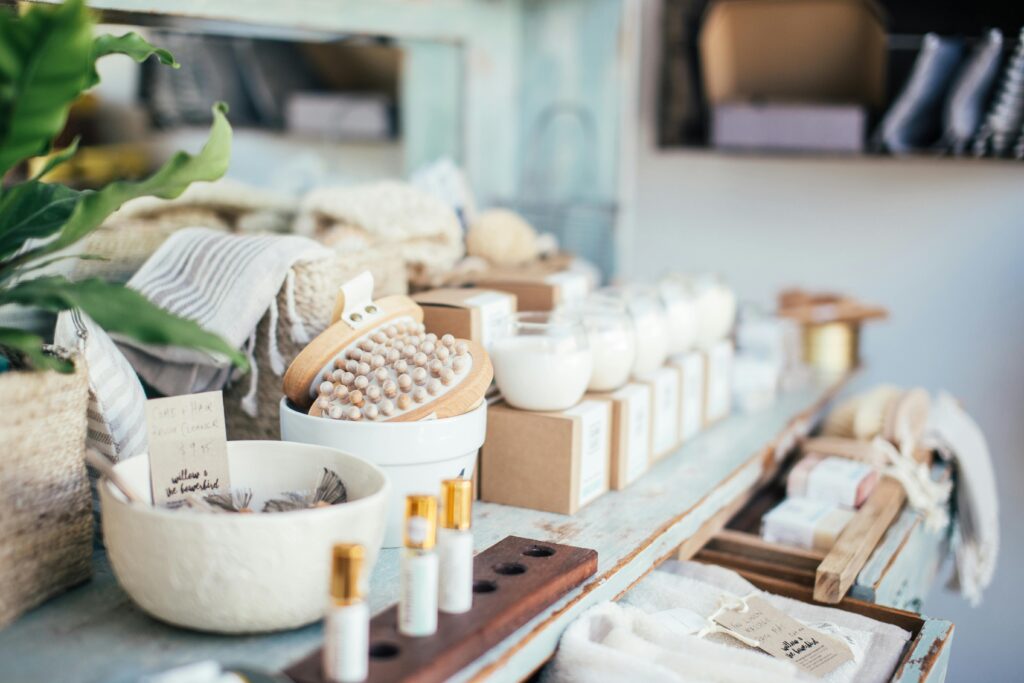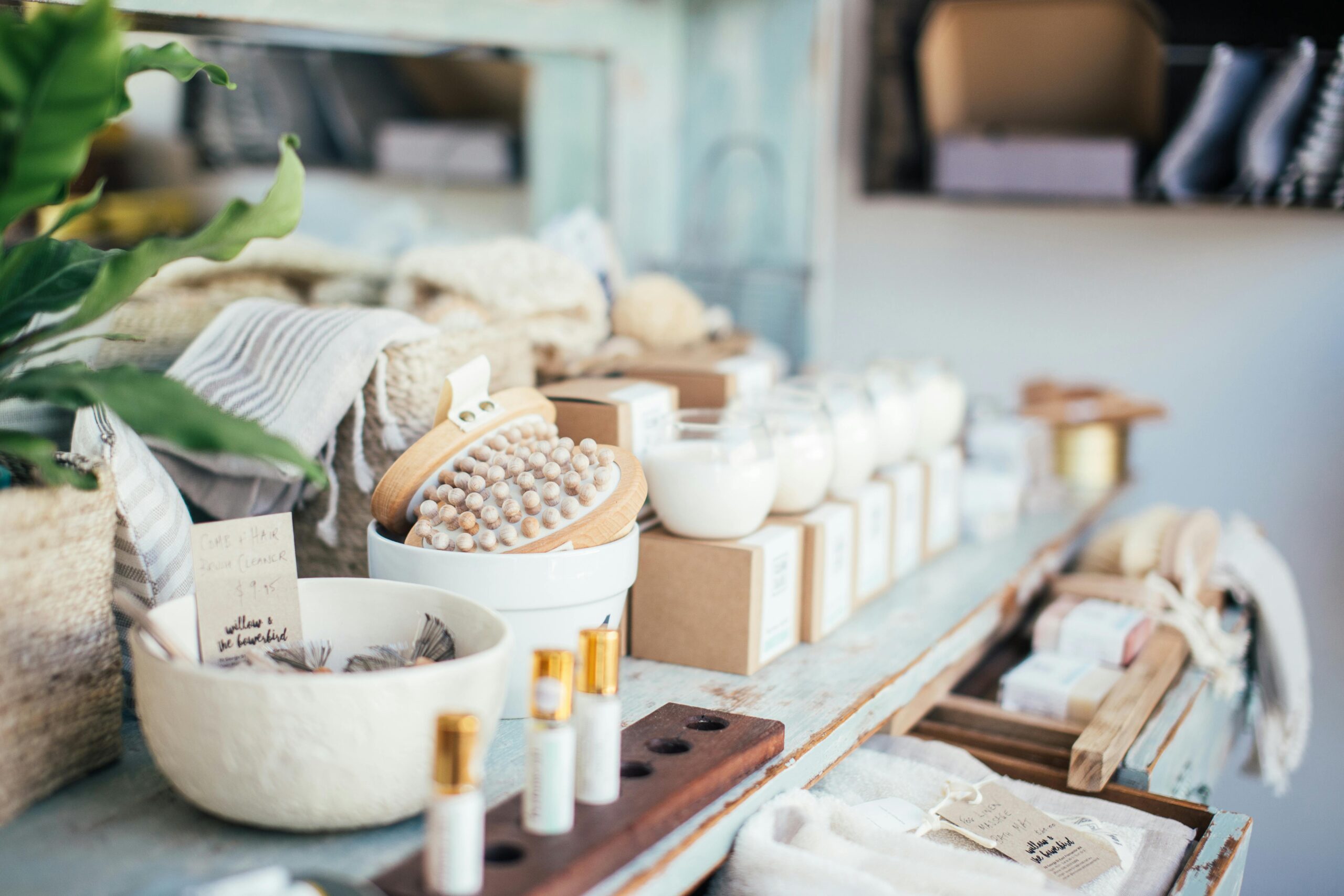Pop up markets and vendor fairs are fantastic opportunities for small businesses to connect directly with customers and increase sales. These events allow for face-to-face interactions, immediate feedback, and the chance to build a loyal customer base. However, succeeding in these environments requires strategic planning and execution. This guide will provide you with essential tips and strategies to maximize your sales and make your next pop up market or vendor fair a huge success.

Preparing for Success
Researching the Pop Up Market
Before committing to a pop up market or vendor fair, conduct thorough research. Understand the event’s target audience, location, and the types of products that have historically done well. This information will help you determine if the event is a good fit for your business.
Setting Goals
Set clear, achievable goals for the event. Whether you aim to increase brand awareness, launch a new product, or achieve a specific sales target, having defined objectives will guide your preparation and execution.
Inventory Management
Plan your inventory carefully to ensure you have enough stock to meet demand without overloading your booth. Consider offering a mix of bestsellers and new items to attract a wide range of customers.
Designing an Attractive Pop Up Market Booth
Creating a Visually Appealing Display
Your booth’s appearance plays a crucial role in attracting customers. Use eye-catching signage, professional displays, and well-organized product arrangements. Incorporate your branding elements to create a cohesive look.
Utilizing Lighting and Decor
Proper lighting can make your booth stand out. Use bright, natural-looking lights to highlight your products. Add decorative elements that reflect your brand’s personality and draw attention to your space.
Offering Interactive Elements
Engage customers by offering interactive elements such as product demonstrations, samples, or hands-on activities. These experiences can create memorable interactions and encourage purchases.
Engaging with Customers at Your Next Pop Up Market
Greeting and Engaging Visitors
Welcome visitors with a friendly greeting and offer assistance without being overly pushy. Engage them in conversation about your products and their needs. Building a rapport can lead to increased sales and repeat customers.
Sharing Your Story
Share the story behind your business and products. Customers are more likely to purchase from brands they feel connected to. Explain the inspiration, craftsmanship, and benefits of your products.
Handling Objections and Questions
Be prepared to answer questions and address any objections. Provide clear, honest information and offer solutions to potential concerns. This approach builds trust and can convert hesitant visitors into buyers.
Marketing and Promotion
Pre-Event Promotion
Promote your participation in the event through social media, email newsletters, and your website. Create excitement by sharing sneak peeks of what you’ll be offering and any special deals or giveaways.
Utilizing Social Media During the Event
Use social media to share live updates, photos, and videos from the event. Encourage attendees to visit your booth by offering exclusive social media promotions. Engage with followers and respond to comments to build a sense of community.
Collecting Customer Data
Gather customer contact information for future marketing efforts. Offer incentives such as discounts or entry into a giveaway in exchange for signing up for your newsletter.
Sales Techniques and Strategies
Pricing Strategies
Develop a pricing strategy that reflects the value of your products while remaining competitive. Consider offering bundle deals or discounts for multiple purchases to encourage higher sales volumes.
Upselling and Cross-Selling
Train your staff to suggest additional products that complement a customer’s initial purchase. Upselling and cross-selling can significantly increase your average order value.
Creating a Sense of Urgency
Create a sense of urgency by offering limited-time deals or exclusive products available only at the event. This strategy can prompt immediate purchases and boost your sales.
Post-Event Follow-Up
Analyzing Sales Data
After the event, analyze your sales data to identify trends and areas for improvement. Understanding what worked and what didn’t will help you refine your approach for future events.
Customer Follow-Up
Follow up with customers who made purchases or expressed interest. Send thank-you emails, request feedback, and offer special deals to encourage repeat business.
Reflecting on the Experience
Take time to reflect on your overall experience. Assess what went well and what could be improved. Use these insights to enhance your strategy for future pop up markets and vendor fairs.
FAQs
How can I attract more customers to my booth?
To attract more customers, focus on creating an eye-catching booth with clear signage, engaging displays, and interactive elements. Use social media and pre-event marketing to generate interest and draw attendees to your booth.
What types of products sell best at pop up markets?
Products that are unique, handmade, or have a strong local connection tend to do well. Items with visual appeal, practical use, or a compelling story behind them also attract more buyers.
How should I handle pricing at a pop up market?
Price your products competitively while ensuring you cover your costs and make a profit. Offer special deals or bundles to encourage larger purchases and consider the price sensitivity of the event’s attendees.
What should I include in my booth setup?
Your booth setup should include clear signage, well-organized product displays, adequate lighting, and branding elements. Provide business cards, brochures, and a way to capture potential customer’s email addresses to follow up after the market is over.
How can I make my booth more engaging?
Create an engaging booth by offering product samples, demonstrations, or interactive activities. Engage customers in conversation, share your brand story, and offer incentives for purchases.
What is the best way to follow up with customers after the event?
Collect customer contact information during the event and follow up with a thank-you email. Offer special deals or discounts to encourage repeat purchases and request feedback to improve future experiences.
Conclusion
Maximizing your sales at a pop up market or vendor fair involves strategic planning, engaging booth design, effective customer interaction, and creative marketing. By implementing the tips and strategies outlined in this post, you can create a memorable experience for customers and achieve your sales goals. Prepare thoroughly, stay adaptable, and always look for ways to enhance your approach. With the right preparation and execution, your next pop up market or vendor fair can be a significant boost for your business.
If you want to learn creative and out of the box strategies on how you can implement these ideas at your next pop up market, check out Pop Up Market Prep.

